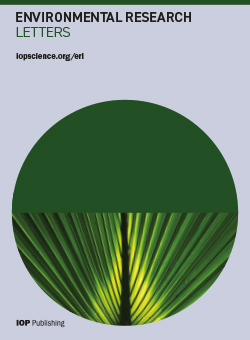In 2021, the World Health Organization (WHO) air quality guidelines were revised for six key air pollutants. The new guideline levels for PM2.5 and O3 may be unattainable for many countries due to natural sources and background levels. Reductions in NO2 may increase O3 due to atmospheric chemistry. Regional-specific scientific expertise is necessary to guide local air quality management towards more appropriate WHO interim targets and controls on modifiable factors especially considering atmospheric chemistry. The IGAC project aims to build such scientific leadership and foster collaboration in air quality and atmospheric chemistry research through regional working groups, topical activities, and regular meetings including the biennial IGAC science conference.

The article has been co-authored by Clare Paton-Walsh, James H Crawford, Laura Dawidowski, H Langley DeWitt, Lisa Emberson, Louisa Emmons, Rebecca M Garland, Yugo Kanaya, Aderiana Mbandi, Kerri A Pratt, Nestor Y Rojas, Abdus Salam, Kateřina Šindelářová, Vinayak Sinha, N'Datchoh Evelyne Touré, Liya E Yu, and Mei Zheng.
Read the full paper here
